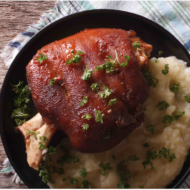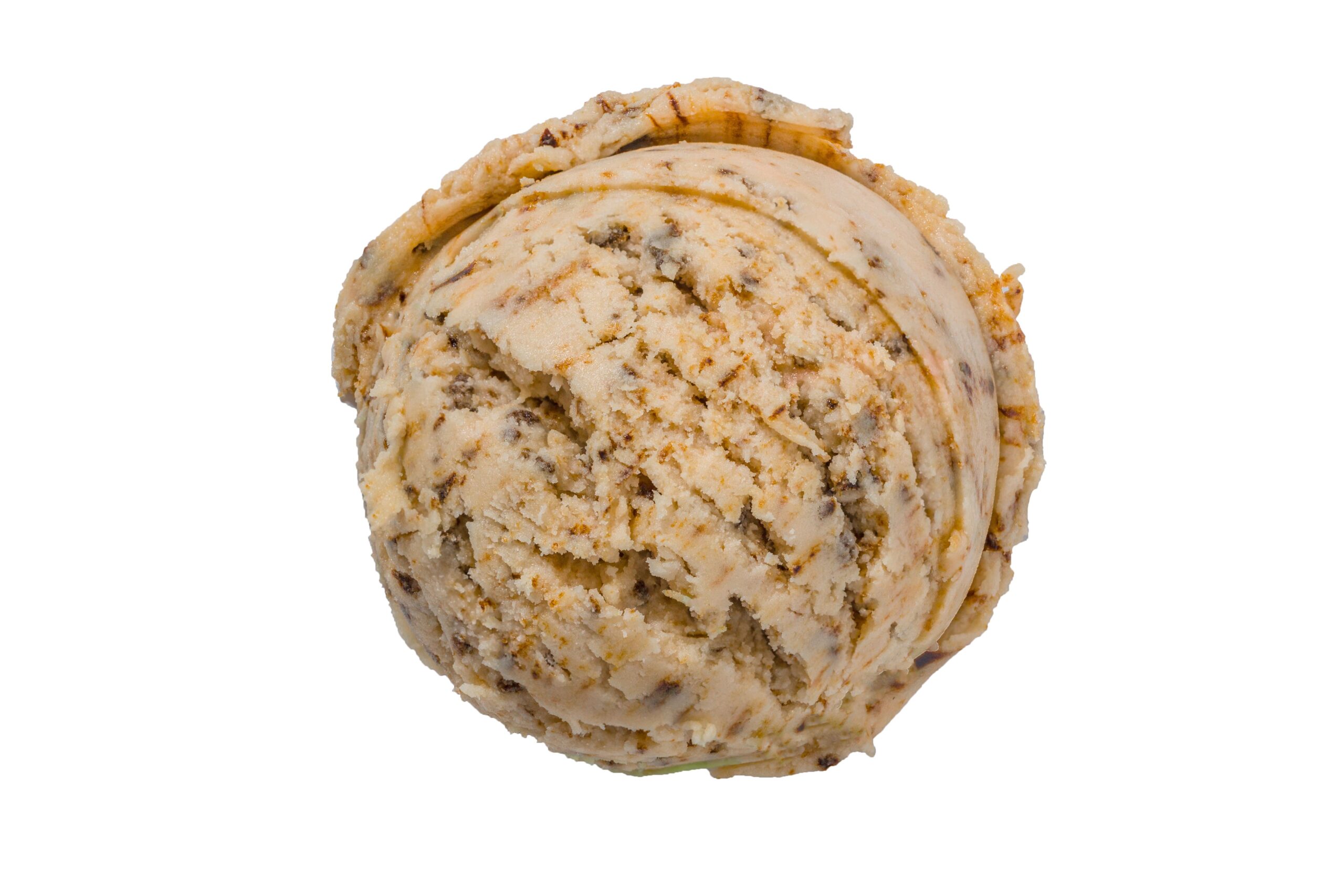Pas La (A Gluten-free, sous vide beer)
 Courtesy of Karlos Knott, head brewer at Bayou Teche Brewery, Arnaudville, LA
Courtesy of Karlos Knott, head brewer at Bayou Teche Brewery, Arnaudville, LA
Makes about a dozen 12-ounce bottles
(For more information, see Brewing up a Batch.)
EQUIPMENT
(available online at home brewing supplies stores)
- 2 large (1 gallon/3.8 liter) zip-closure cooking pouches
- 1 gallon (3.8 liter) fermenter jug with cap and airlock
- Large wire mesh strainer
- Funnel
- Auto siphon with hose
- Bottle filler
- 12 (12-ounce) bottles
- Bottle capper and caps
- Sanitizer solution
INGREDIENTS
(available online at home brewing supplies stores)
- 1 ¼ pounds sorghum extract*
- 5 ounces (150 ml) honey
- 3 ounces dried rice extract*
- 1 ounce maltodextrin*
- 0.5 ml Hopshot (HopShot is CO2-extracted hop resin packaged in a syringe)*
- 1/4 ounce Citra hops*
- 1/2 packet US-05 dried ale yeast*
- 12 Fizz Drop tablets*
DIRECTIONS
- Cook the wort (unfermented beer)
- Fill and preheat the SousVide Supreme to 165F/73.5C.
- Mix together the sorghum extract, honey, dried rice extract, maltodextrin, hops and the Hopshot. (A note about the Hopshot: the amount you use can be modified, but be careful; it is pretty powerful stuff. However, if you like more bitter or hoppier beer feel free to add a bit more.)
- Divide the mixture evenly between two large (1 gallon/3.8 liter) zip-closure cooking pouches and add enough filtered water to each pouch to bring the total liquid up to 1/2 gallon (1.9 liters) and use the displacement method (Archimedes’ Principle) to evacuate the air and seal the pouches.
- Submerge the pouches in the Sous Vide water oven to cook for one hour.
- While the pouches are in the water bath, sterilize the gallon fermenter jug, cap, airlock, funnel and wire mesh strainer per the Sanitizer instructions. You’ll place the funnel in the neck of the jug, with the strainer propped up in it.
- Set up the fermentation
- Remove the pouches and submerge them in a sink filled with cold water to cool the wort. Keep the pouches submerged in the sink until the wort gets to approximately 60–70F/15.5-20C — the pouches will be cool to the touch.
- Pour both pouches of the cooled wort through the strainer and funnel setup into the fermenting jug (do not fill past the one gallon mark on the jug).
- Use sanitized scissors to cut open the yeast pack and pour HALF of it into the wort in the jug. (Either discard the other half or use it soon for another purpose, such as bread making.)
- Seal the fermenter – fill the sanitized airlock with approximately 1 tablespoon/15 ml of sanitizer solution, and fit the airlock into the hole in the screw cap.
- Move the fermenter to a dark, cool, quiet spot until fermentation is complete – about 2 weeks.
- WAIT
- Bottle your beer
- Get everything ready to bottle: sanitize the auto-siphon’s hose, bottle filler, about a dozen each of 12-ounce bottles and bottle caps.
- Connect one end of the hose to the auto-siphon and the other end of the hose to the bottle filler.
- Remove the airlock and stopper from the jug and place the auto-siphon into the beer; while holding down the bottle filler to keep the valve open, have your helper pull up, then push down on the siphon piston to begin the flow of beer. Just lift up on the filler to stop the flow of beer. Try to leave about 1 inch (2.5 cm) of headspace in each bottle.
- Add one Fizz Drop tablet to each bottle. This is a small charge of sugar and will carbonate the beer.
- To cap the bottles, put a sanitized bottle cap onto a filled bottle. Center the bell of your bottle capper on the cap and push down on the levers, then release.
- Put the now-filled bottles in a dark and cool spot for 10 days.
- WAIT
- Chill and test
- Put one of your beers upright in the fridge and let it chill well.
- Pry off the cap and you should hear a nice pop and hiss (typical of the same sound as a commercially-brewed beer).
- Drink the beer!
- If not quite carbonated enough, allow the other bottles to stay at room temperature another week, then chill upright and enjoy.
(Note: You are brewing a bottle-conditioned beer. There will be a small amount of yeast that settles on the bottom of the bottle during carbonation. This is natural. To enjoy, store your beers upright in the refrigerator and pour slowly out of the bottle into a glass, leaving behind the yeast sediment in the bottle.)













 Easy Returns & Exchanges
Easy Returns & Exchanges Shipping Rates & Info
Shipping Rates & Info Satisfaction Guarantee
Satisfaction Guarantee Contact Us
Contact Us Email your questions to
Email your questions to 
